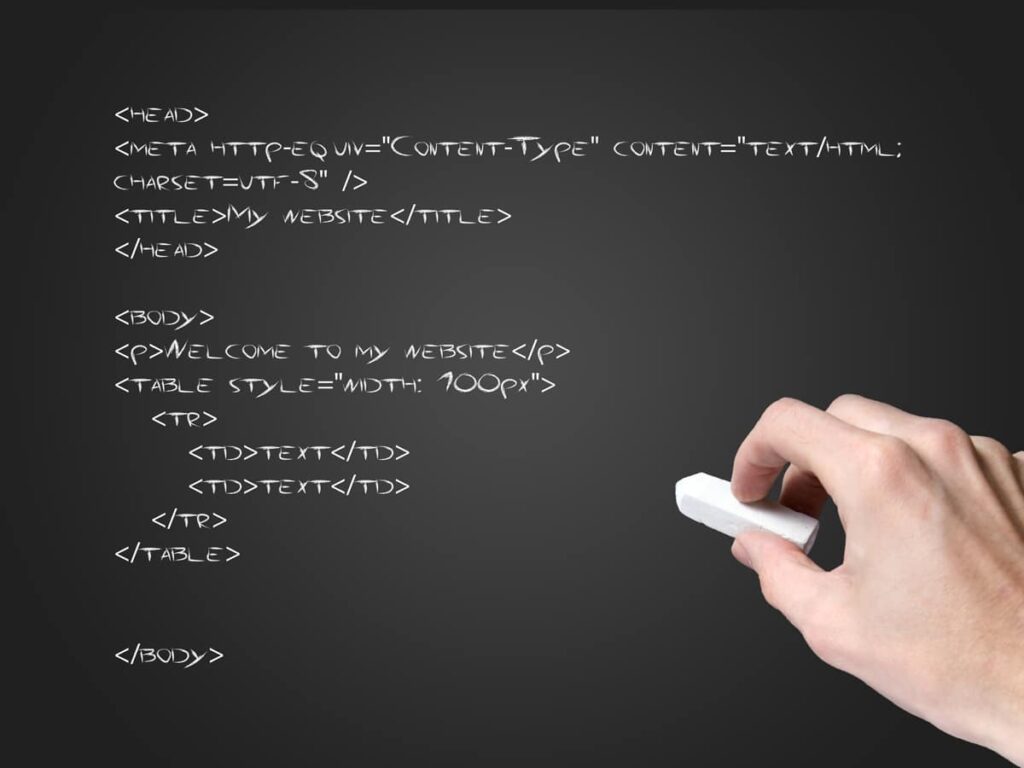Each page on a website has HTML tags and titles to define what the page is and how to display it. In many cases these are the most important structural elements of your site and each page on your site.
The title of your page isn’t necessarily visible within the page content, but it is at the top of the page. If you look at a tab in a browser, the title of the page needs to be shown there. This gives a search engine valuable information about what the page is all about. Without this title, or if it is a random title, search engines can misinterpret the whole page and site.
The title of the page will show up in search results and listings of the pages on your site. So, the title needs to be clearly relevant to what’s on the page.
Then you have HTML Tags which appear on the pages and may appear in snippets of your pages on search engine results pages (SERPs). HTML pages have 6 tags, H1, H2, etc. The H1 tag is usually considered the most important as it is usually the heading of whatever is being covered on that page. Think of it as the “main” heading. Then you can have the other tags as subheadings.
Putting the page Title together with the tags on the page, search engines evaluate your content and determine which SERPs your pages should come up in, and where to rank them.
You can see that organizing your titles and your tags is very helpful to get your pages on SERPs based on what the content of your pages and site is all about.




